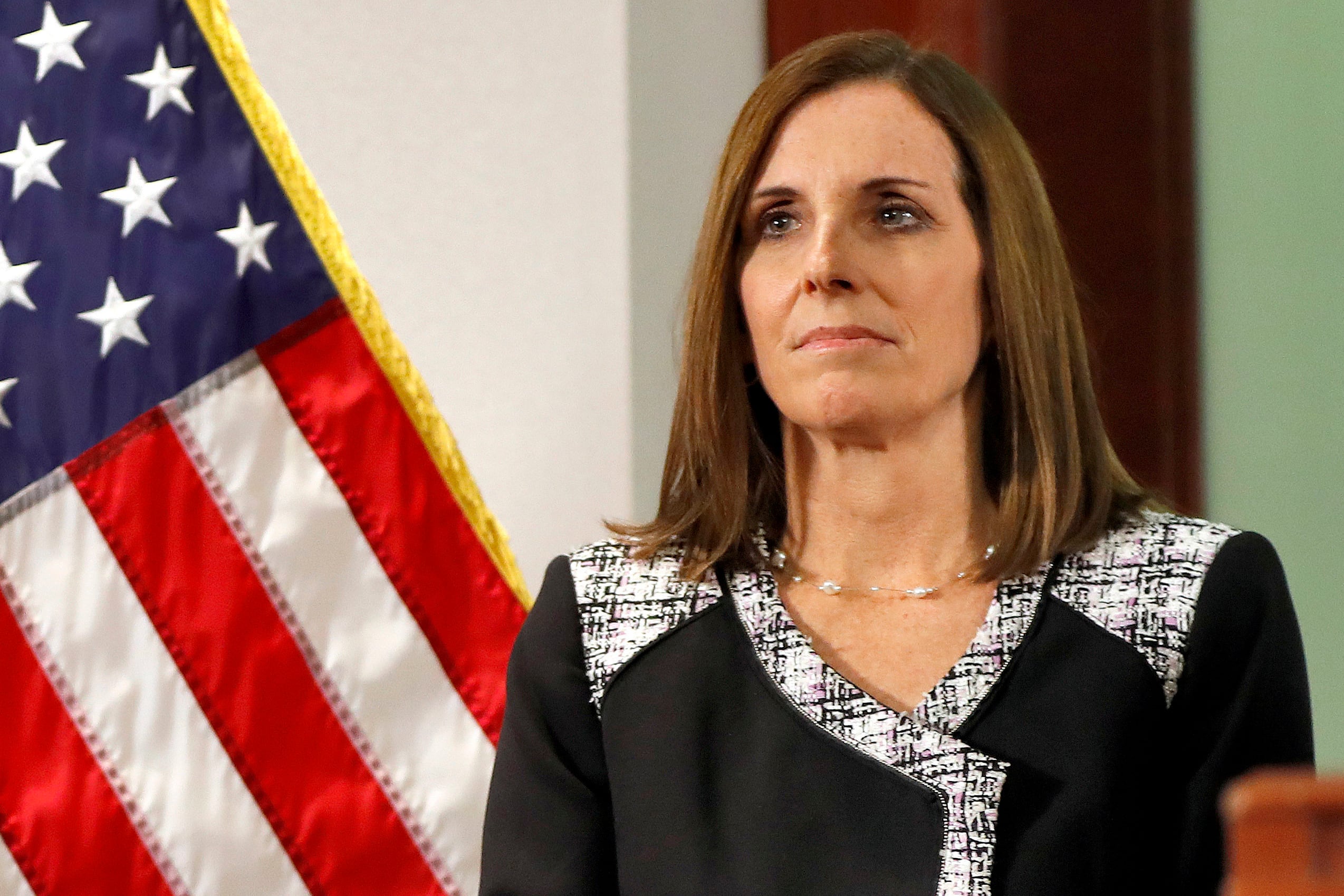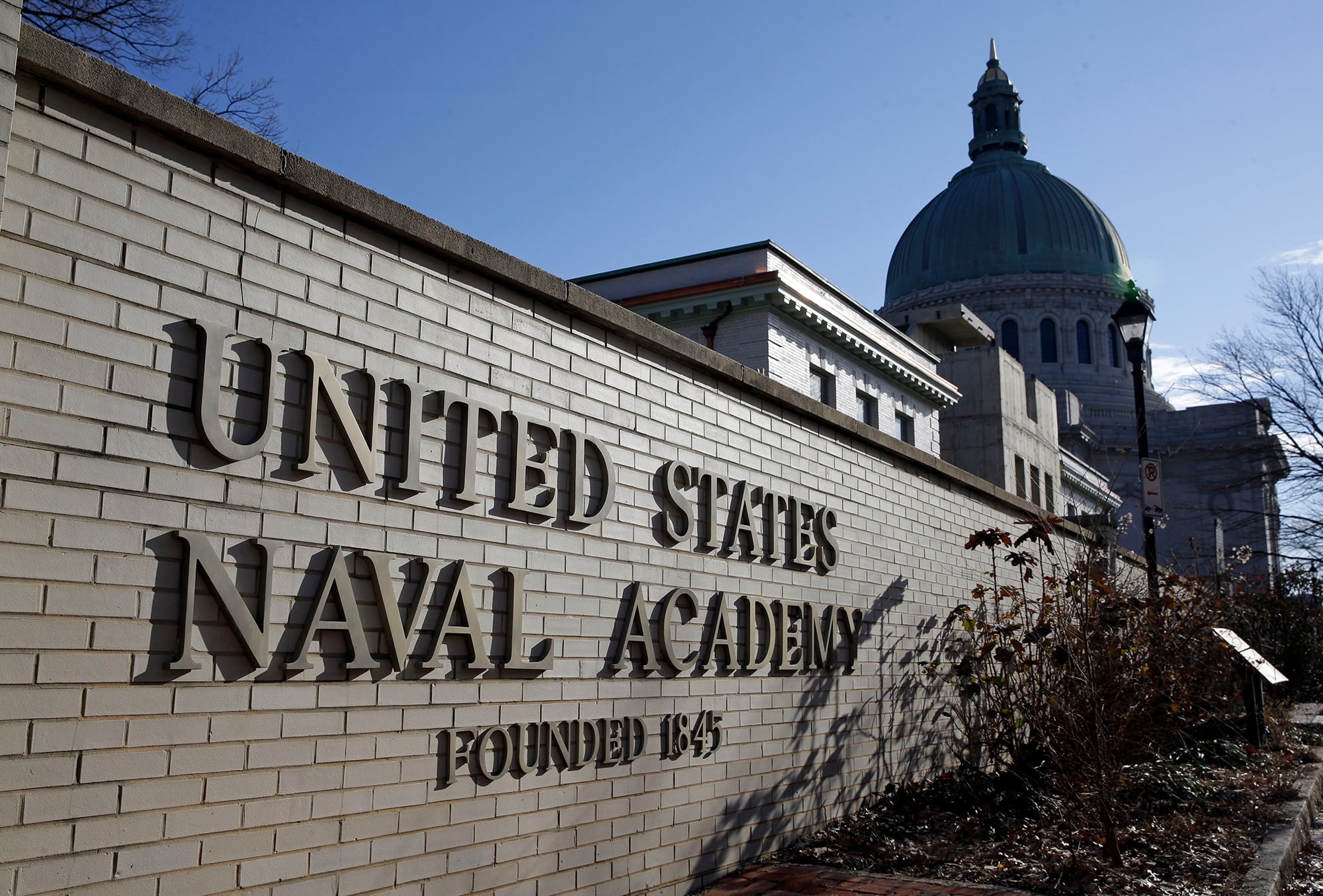Members of Congress sent a letter to the defense secretary on Friday calling for a review of the military’s efforts to reduce sexual assaults.
A day earlier, the Pentagon dropped its annual tally of unwanted sexual contact reports at the Defense Department’s three service academies, showing a jump of over 30 percent from 2018 to 2019.
“While it seems that the Sexual Assault Prevention and Response program is empowering cadets and service members to report and seek restorative care, the continued increase in reported incidents from year to year point (sic) to a disturbing trend that now requires us to reexamine our efforts to find solutions,” Sens. Thom Tillis, R-N.C.,, Joni Ernst, R-Iowa, Kyrsten Sinema, D-Ariz., and Kelly Leffler, R-Ga., wrote in the letter.
The Pentagon has been compiling the congressionally mandated reports since 2005. During that time, reports have risen, though officials have frequently attributed the spiking numbers to an increased willingness to report.
“While this sharp increase may reflect an increased willingness to report, it also shows an alarming trend that is heading in the wrong direction,” the senators wrote.
The raw numbers are balanced with a biannual climate survey that compiles anonymous reports of unwanted sexual contact, for a so-called prevalence number that includes incidents not officially reported through the chain of command.
Though Nate Galbreath, the acting director of the Pentagon’s SAPR office, declined on Thursday to estimate whether the prevalence numbers ― due to be released next year ― have climbed or fallen, he told reporters that his office is focusing on prevention efforts, after more than a decade of the military services working to stand up robust resources for survivors.
“We request a briefing on this report to complete our own analysis, as well as a meeting with the appropriate DoD personnel to discuss its overall findings, with a particular focus on the suspected causes and proposed plans of action moving forward,” the senators wrote.
The most recent report found specifically that peer leaders at the academies were doing an uneven job of setting an example and responding to harassment or assault, prompting DoD’s Office of People Analytics to rework its climate survey and focus prevention efforts on those first-line supervisors.
RELATED

“When we asked them about leadership across the academies, it was the leaders that were getting the lowest ratings.” Ashlea Klahr, OPA’s health and resilience research,, told reporters. “Some are sort of saying one thing in their official capacity as a leader, but in their actions, demonstrating that they actually don’t take these issues seriously ― that there’s sort of a mismatch there. And then some of them are just not even pretending to take it seriously.”
In a speech earlier this year at a Naval Academy-hosted summit on campus sexual assault, Air Force Academy alumna Sen. Martha McSally, R-Ariz., pointed directly to student leadership ― who take much of the responsibility for the day-to-day training and welfare of cadets and midshipmen ― as a weak point.
"...we put 19-year-olds in charge of 18-year-olds, and then the adults leave for the weekend,” she said. “It’s like the ‘Lord of the Flies!’ ”
Meghann Myers is the Pentagon bureau chief at Military Times. She covers operations, policy, personnel, leadership and other issues affecting service members.




